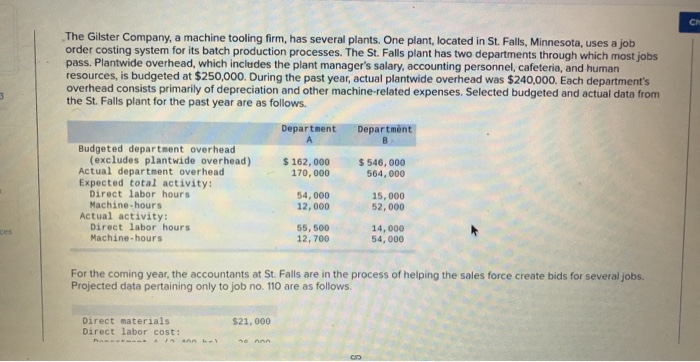Answered step by step
Verified Expert Solution
Question
1 Approved Answer
all parts of question b. The Gilster Company, a machine tooling firm, has several plants. One plant, located in St. Falls, Minnesota, uses a job
all parts of question b. 


Step by Step Solution
There are 3 Steps involved in it
Step: 1

Get Instant Access to Expert-Tailored Solutions
See step-by-step solutions with expert insights and AI powered tools for academic success
Step: 2

Step: 3

Ace Your Homework with AI
Get the answers you need in no time with our AI-driven, step-by-step assistance
Get Started


